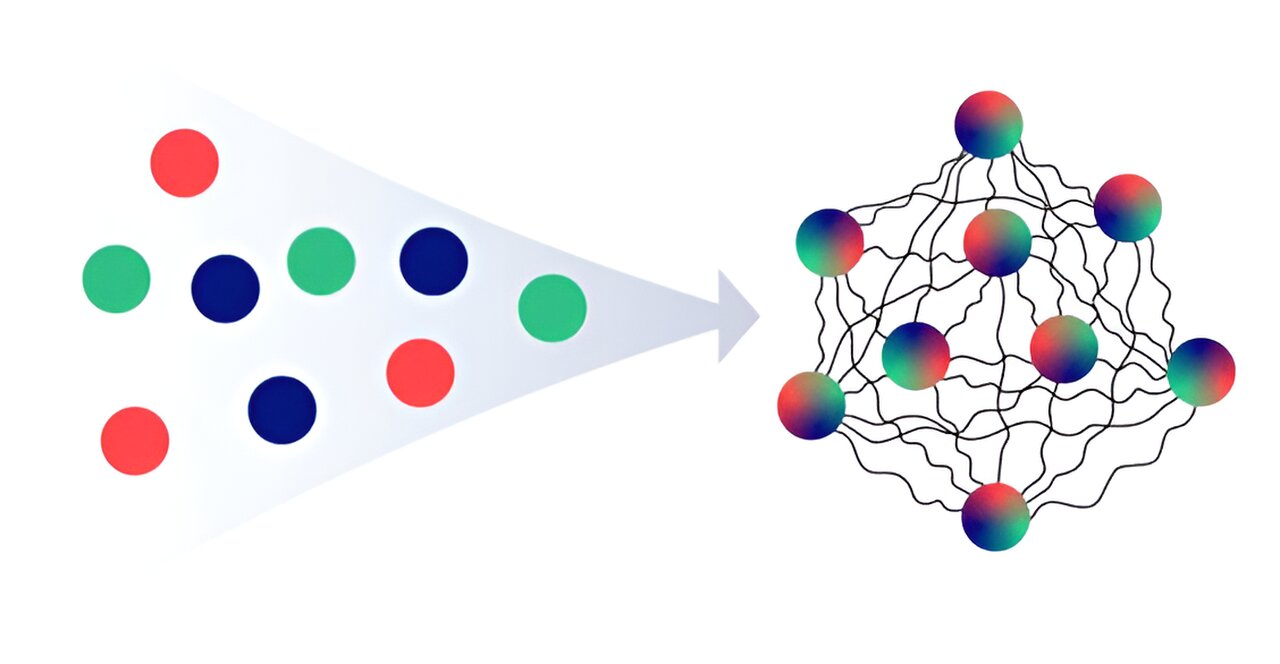Entangled Neutrinos Share Flavours in Dense Environments

Neutrinos, often called "ghost particles" due to their weak interactions with matter, possess a fascinating property: they can change their identities, or "flavours", during interactions. Recent research suggests that in extremely dense environments, such as those found in core-collapse supernovae or neutron star mergers, these elusive particles can develop strong correlations, known as quantum entanglement.
This entanglement, arising from mutual interactions, leads to a remarkable phenomenon: neutrinos with different initial flavours ultimately reach a similar equilibrium flavour and energy distribution.
Core-collapse supernovae, like the one observed in the Large Magellanic Cloud in 1987, mark the explosive demise of massive stars. These cosmic events serve as factories for the creation of elements like sodium and aluminium.
Scientists estimate that neutrinos carry away a staggering 99% of the energy released during a supernova. Among them, electron-flavour neutrinos and their antiparticles play a crucial role in energy transfer and element synthesis. Understanding the energy distribution of these flavour states is paramount for deciphering the mechanics of core-collapse supernovae and the elements they forge.
The intricate quantum mechanical process of neutrino flavour evolution within a core-collapse supernova has intrigued scientists for decades. However, existing literature primarily relies on simplified approximations of the neutrino transport equation, neglecting the significant role of many-body entanglement of neutrino flavour states.
Researchers have now delved deeper, exploring the quantum correlations arising from entanglement, previously ignored in earlier studies. Their findings, published in the journal *Physical Review D*, reveal that the interactions between neutrinos can be effectively modelled using random matrix theory. This finding suggests that the neutrinos' quantum states evolve chaotically as they interact.
Detailed numerical simulations further validate these findings, showcasing the emergence of chaotic behaviour. The simulations demonstrate that after sufficient interaction, each individual neutrino converges towards a similar mixed momentum-flavour state.
This breakthrough research has the potential to be integrated into numerical simulations of core-collapse supernovae, potentially shedding new light on the explosion mechanisms and nucleosynthesis within these powerful cosmic events. The study's findings offer a significant step forward in understanding the complex interplay of quantum entanglement and neutrino flavour evolution in dense astrophysical environments.





